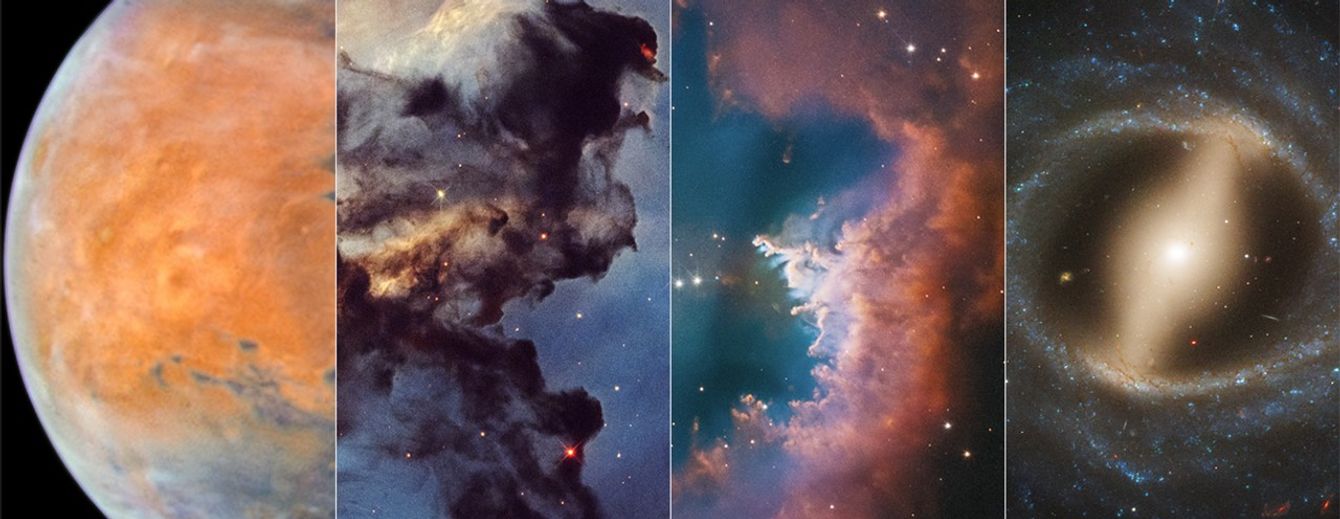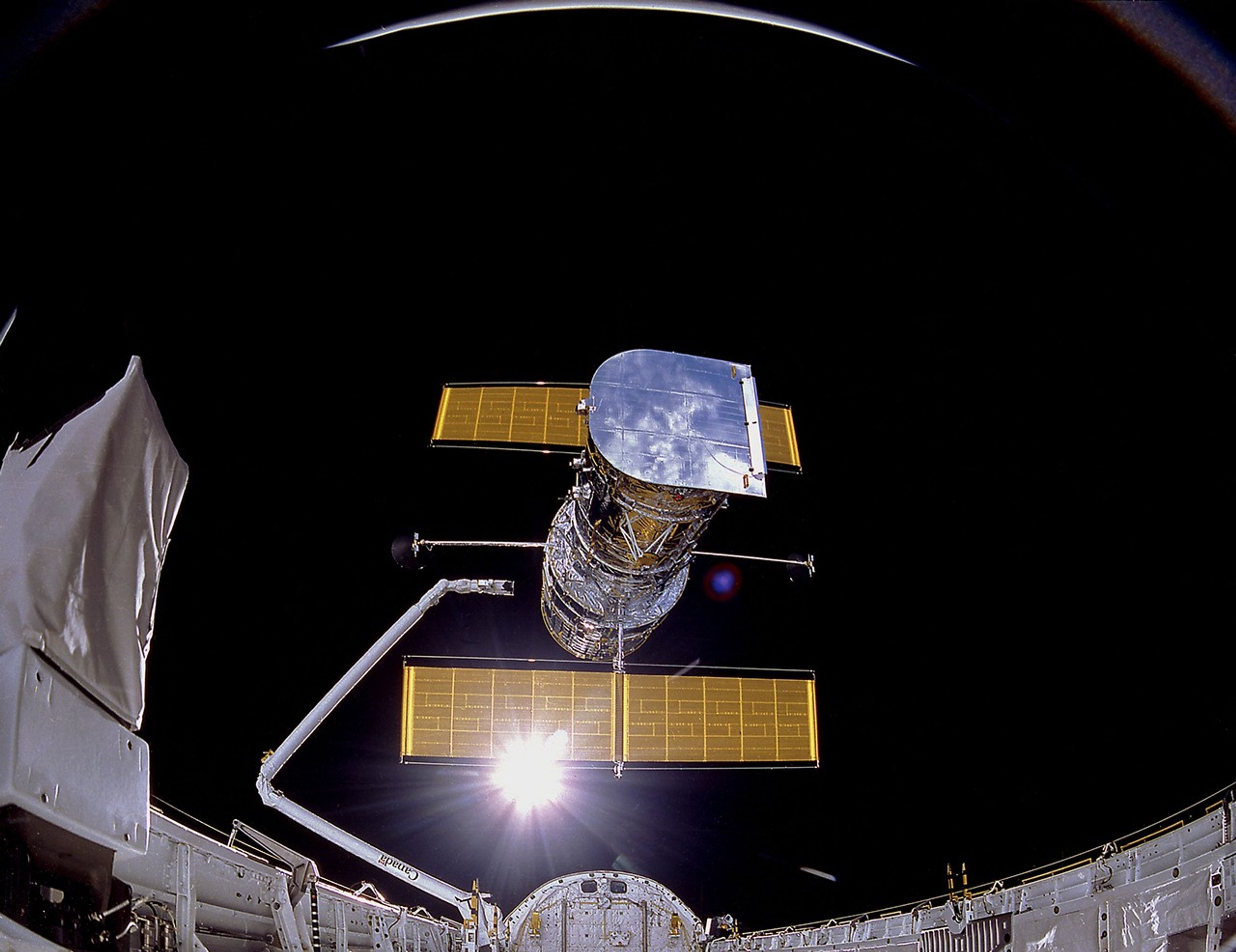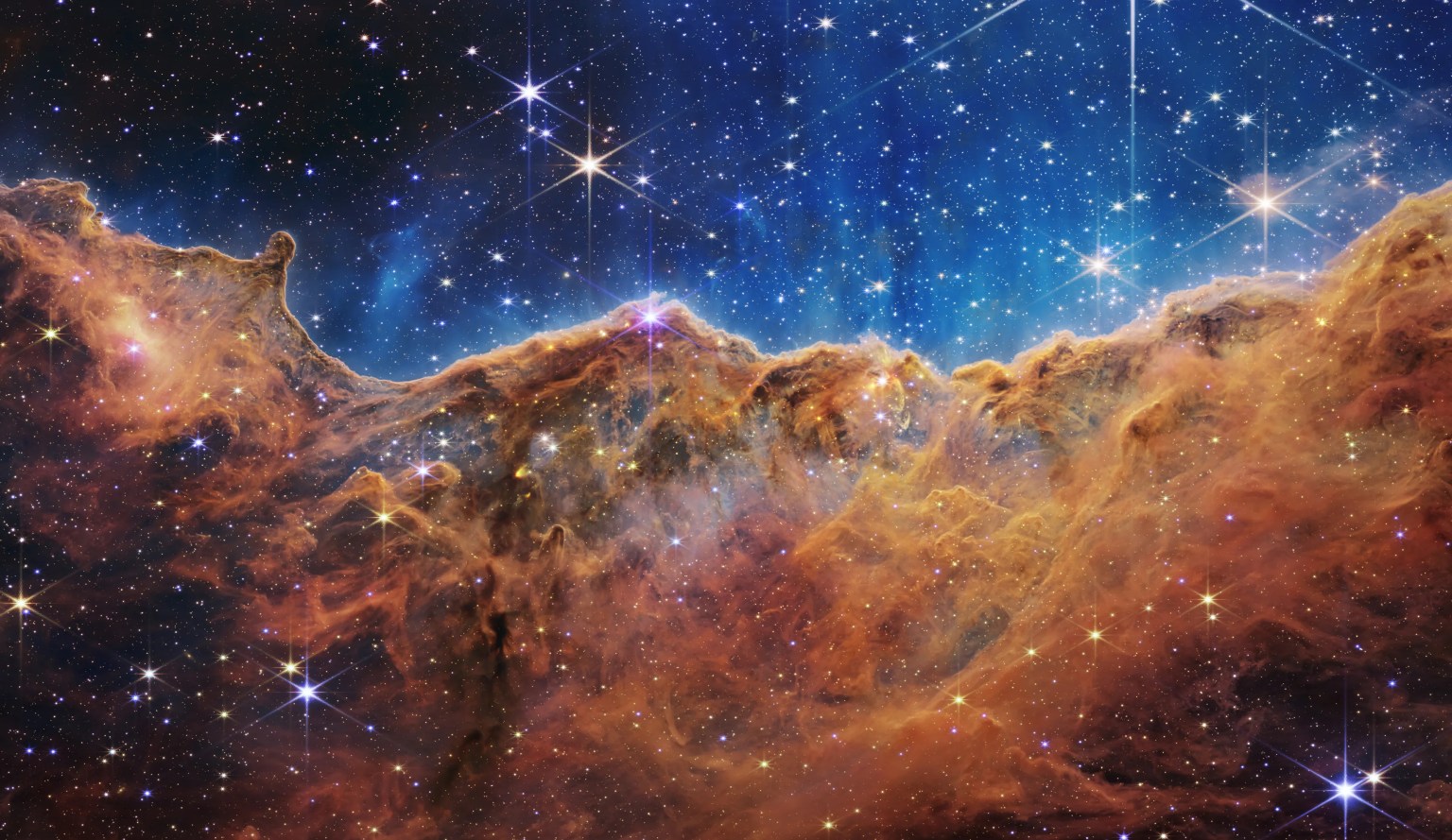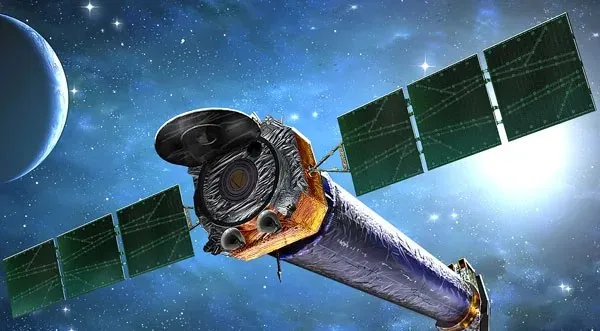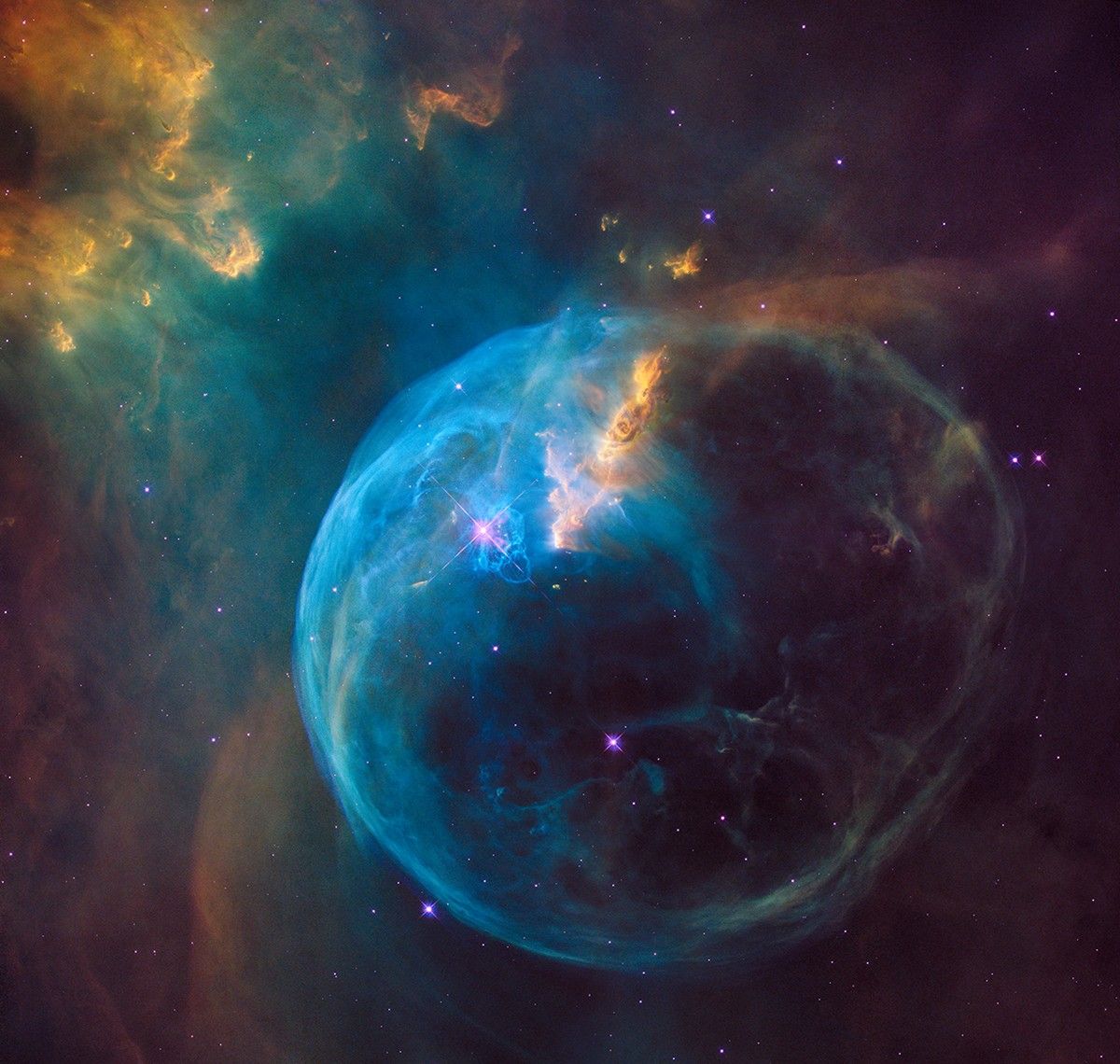
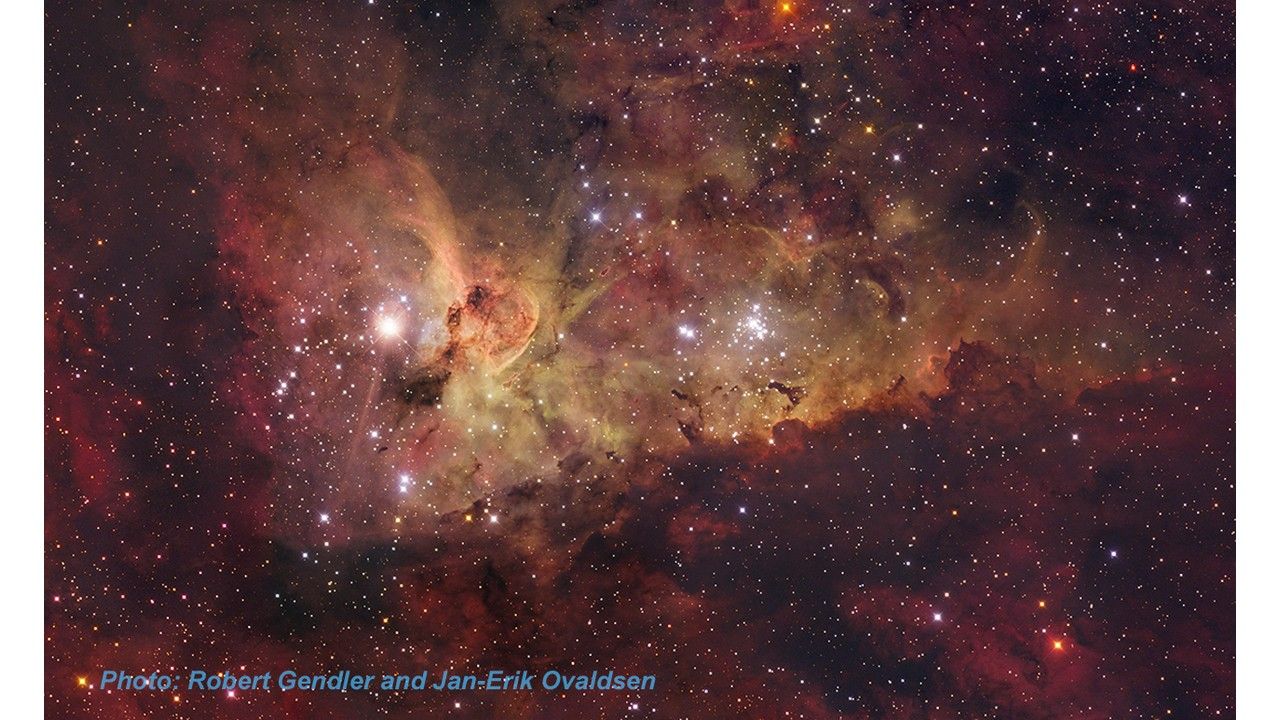
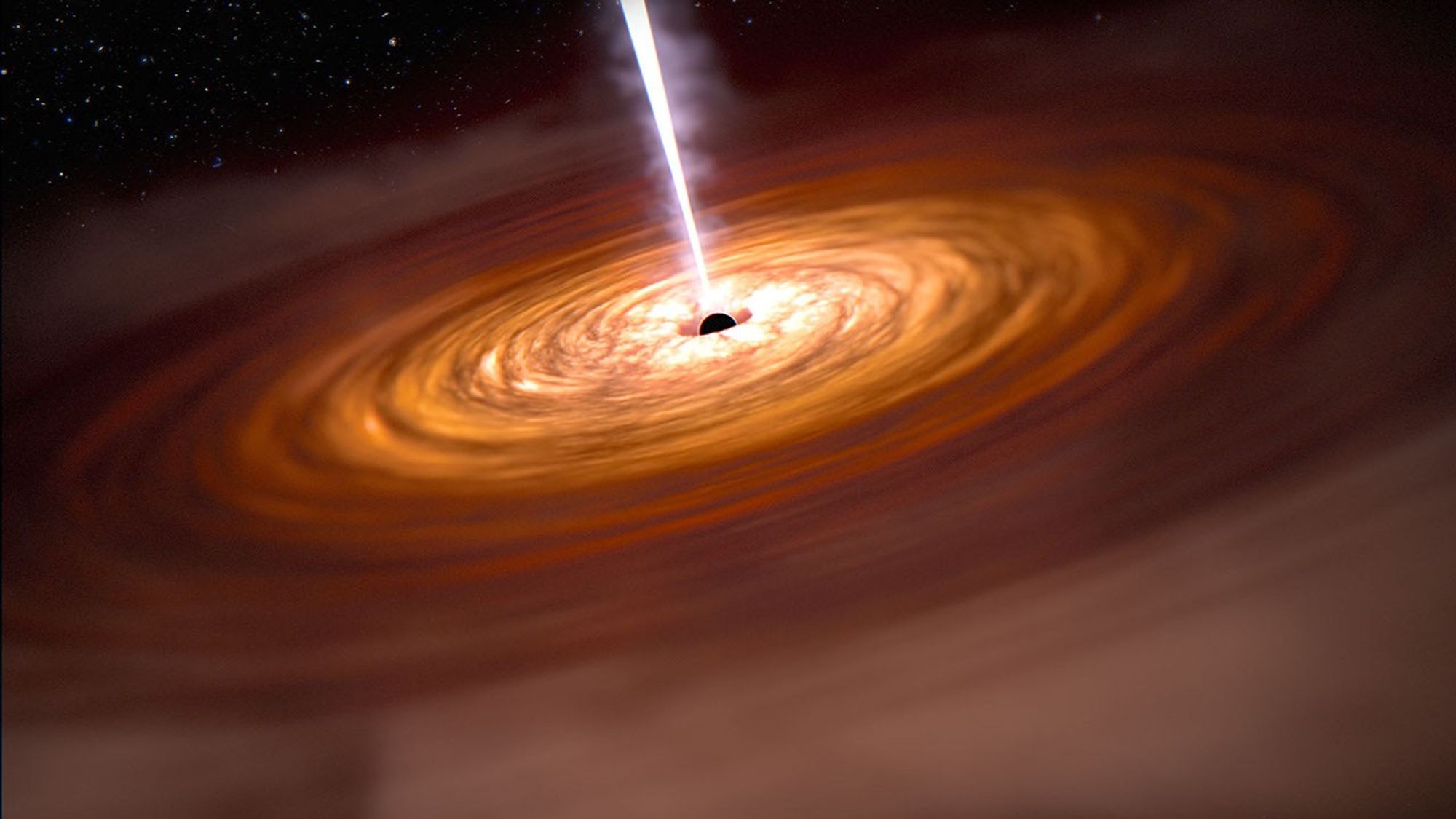
Physics of the Cosmos
The Physics of the Cosmos (PhysCOS) Program seeks to answer some of the deepest questions about the universe. How do matter and energy behave in the most extreme corners of the cosmos — near black holes, neutron stars, and the first moments after the Big Bang? What forces set the universe in motion and continue to shape its growth? What are the hidden ingredients — dark matter and dark energy — that make up most of the universe but remain invisible to us? PhysCOS seeks to uncover these mysteries, helping us better understand the cosmos and our place within it.
Answering the hard questions
How does the universe work?
PhysCOS brings together physics and astronomy to explore some of the biggest mysteries of the universe. It looks at Einstein’s theory of gravity, what spacetime really is, how matter and energy behave in the most extreme places in the cosmos, what shaped the early universe and drives its growth, and what dark matter and dark energy are made of.
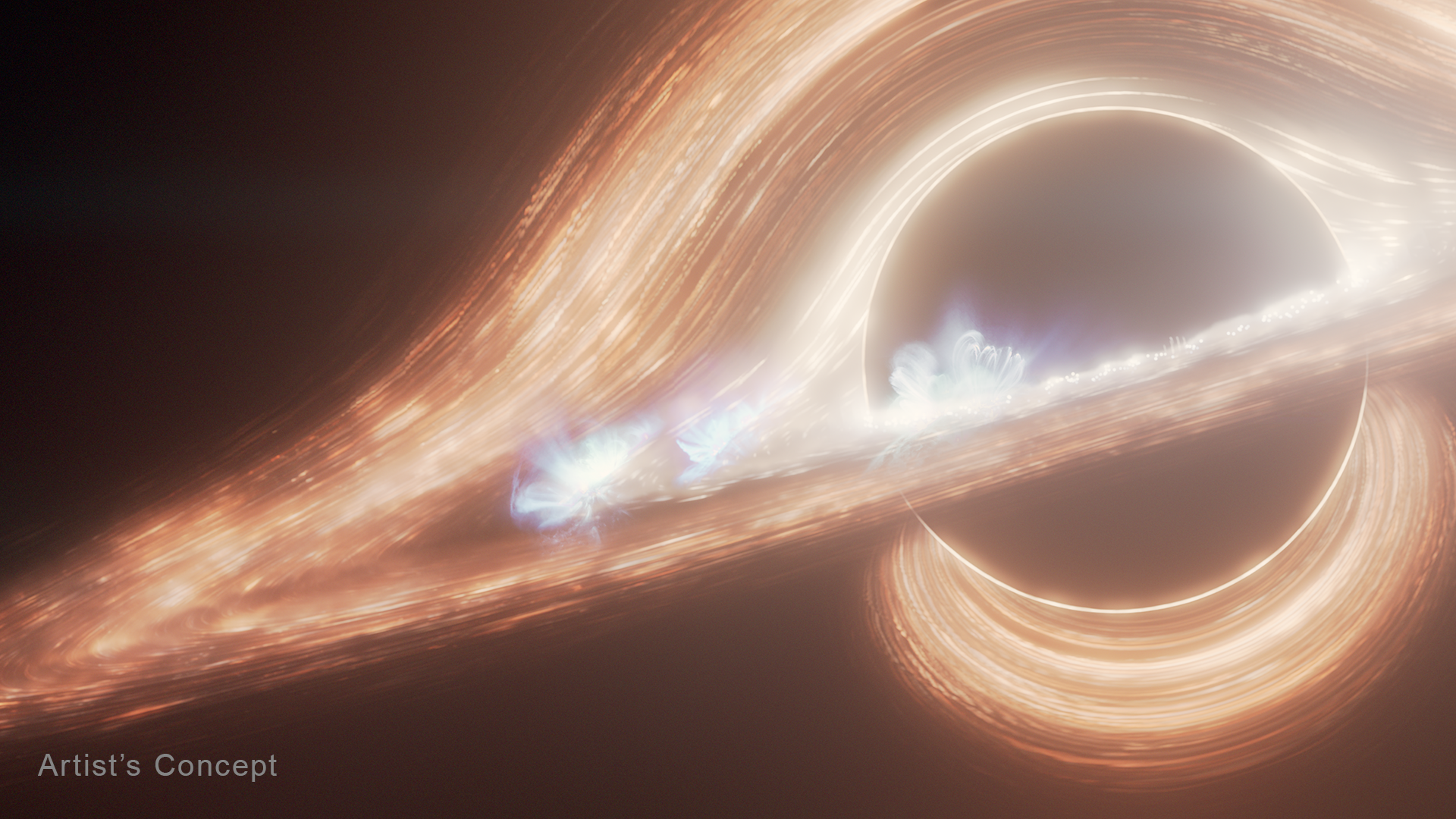
Our Community
Exploring the nature of complex astrophysical phenomena.
The Physics of the Cosmos Program Analysis Group serves as a community-based, interdisciplinary forum for soliciting and coordinating community analysis and input in support of Physics of the Cosmos objectives and of their implications for architecture planning and activity prioritization and for future exploration.
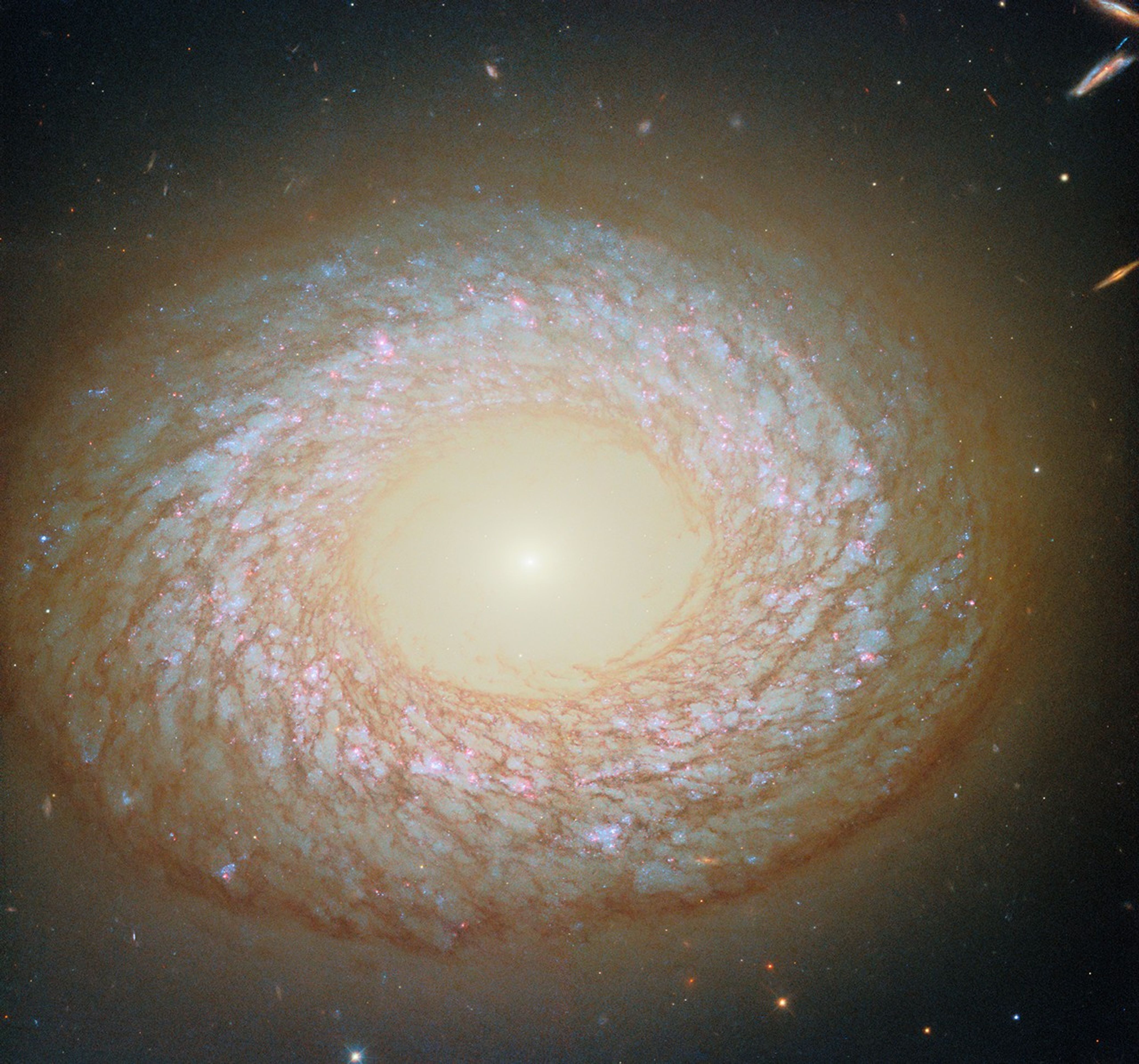
Why We Study
Studies refine mission designs, assess technical readiness, and identify potential risks.
Ensuring that only the most scientifically valuable, technically feasible, and cost-effective missions advance toward full development and eventual launch.

Missions
Searching for answers about our universe and how it works.
No one mission or observatory can provide all the answers. The Physics of the Cosmos Program includes telescopes that operate across much of the electromagnetic spectrum. From the Chandra Space Telescope’s groundbreaking science to the future discoveries awaiting us with the Roman Space Telescope, Physics of the Cosmos facilities help us in our search for answers to the biggest questions about our universe and how it works.
Latest News & Events
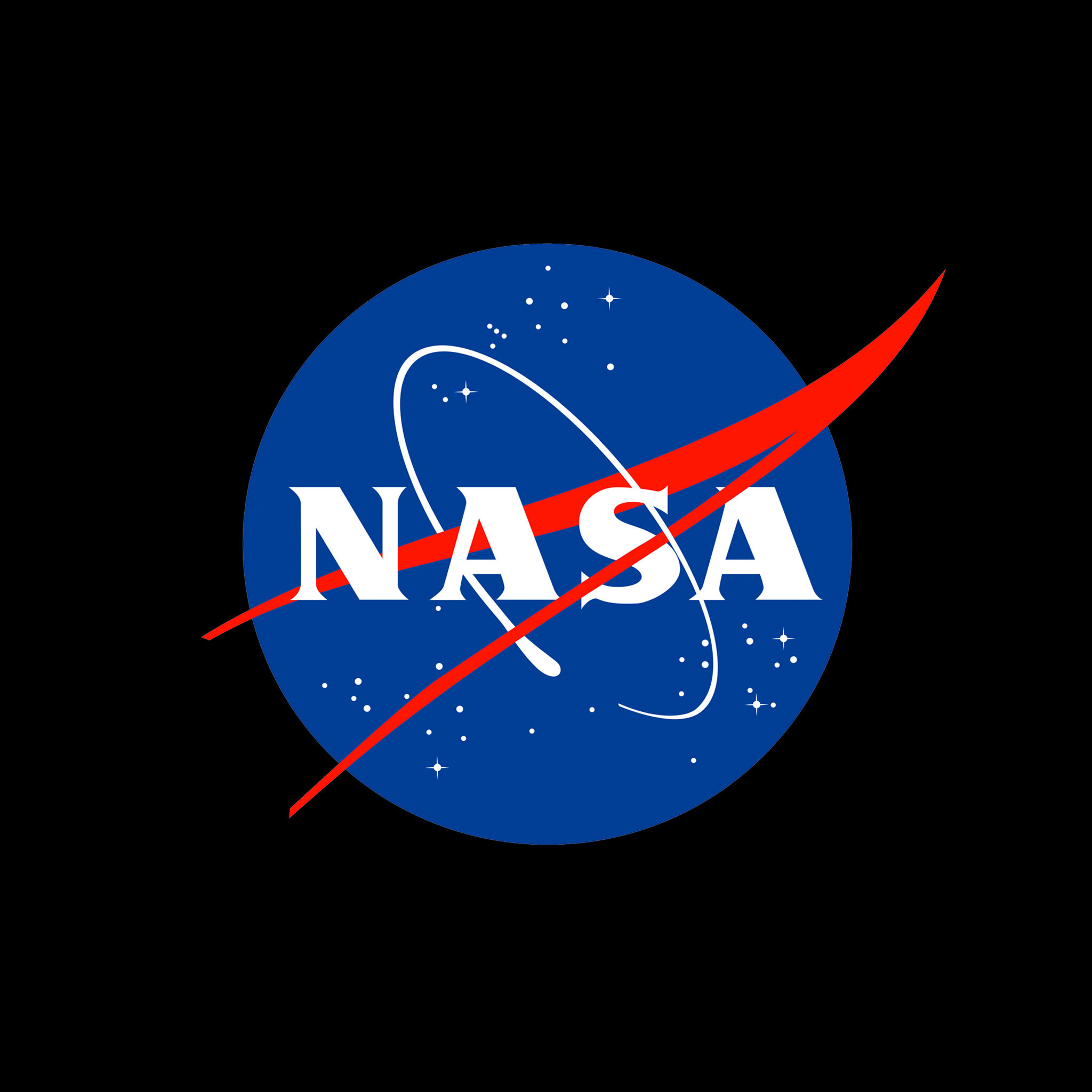
Physics of the Cosmos has moved to a new website, as part of the NASA Science Mission Directorate domain. All…

Now that NASA Science Mission Directorate (SMD) has returned to normal operations, we are working to reset the proposal deadlines…

The NuSTAR General Observer (GO) Program, Section 4 of D.3 Combined General Investigator General Observer Program, solicits proposals for basic…

F.10 Payloads and Research Investigations on the Surface of the Moon (PRISM) solicits development and flight of a science-driven suite…
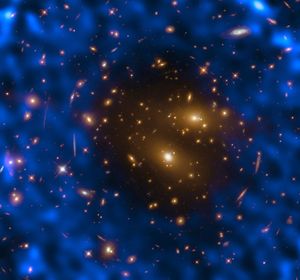
CMB SAG Co-Chairs Name Institution Shaul Hanany University of Minnesota Brendan Crill JPL Tom Essinger-Hileman NASA Goddard Space Flight Center
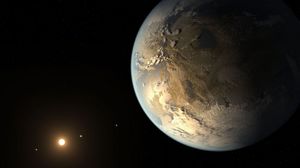
We would like to invite you to our next virtual seminar: Wednesday, December 3rd, at 10:00 am PT / 1:00…
Advancing Community Observing Plans for Rapid Follow-Up of Explosive Transients
We are pleased to announce the 4th TDAMM Workshop to be held October 27-30, 2025 in Huntsville, Alabama.
Learn More about <strong>Advancing Community Observing Plans for Rapid Follow-Up of Explosive Transients</strong>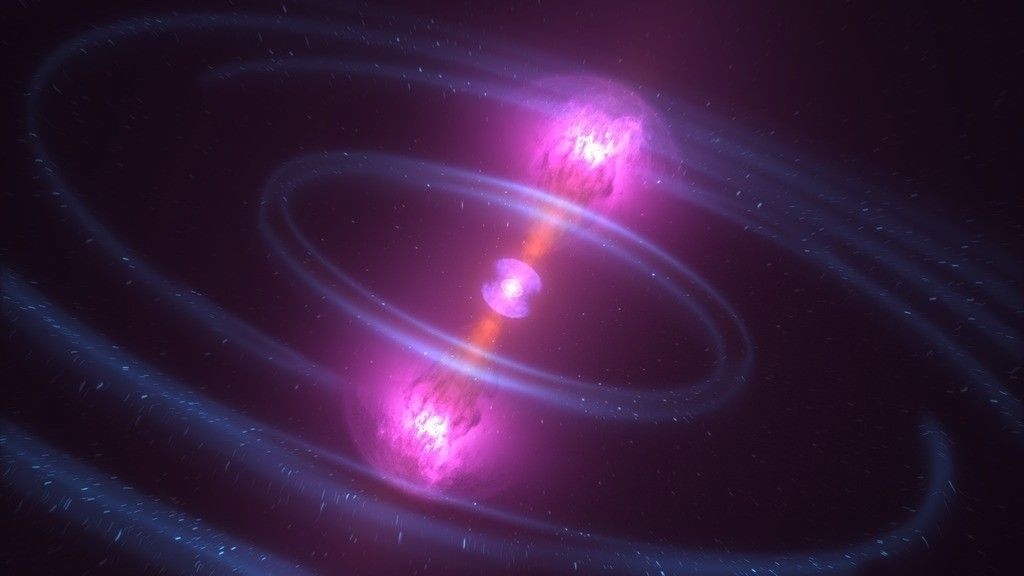
Featured Videos
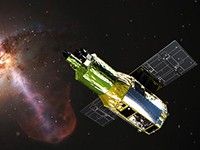
XRISM (X-ray Imaging and Spectroscopy Mission)
Watch this video to learn more about XRISM (X-ray Imaging and Spectroscopy Mission), a collaboration between JAXA (Japan Aerospace Exploration Agency) and NASA.
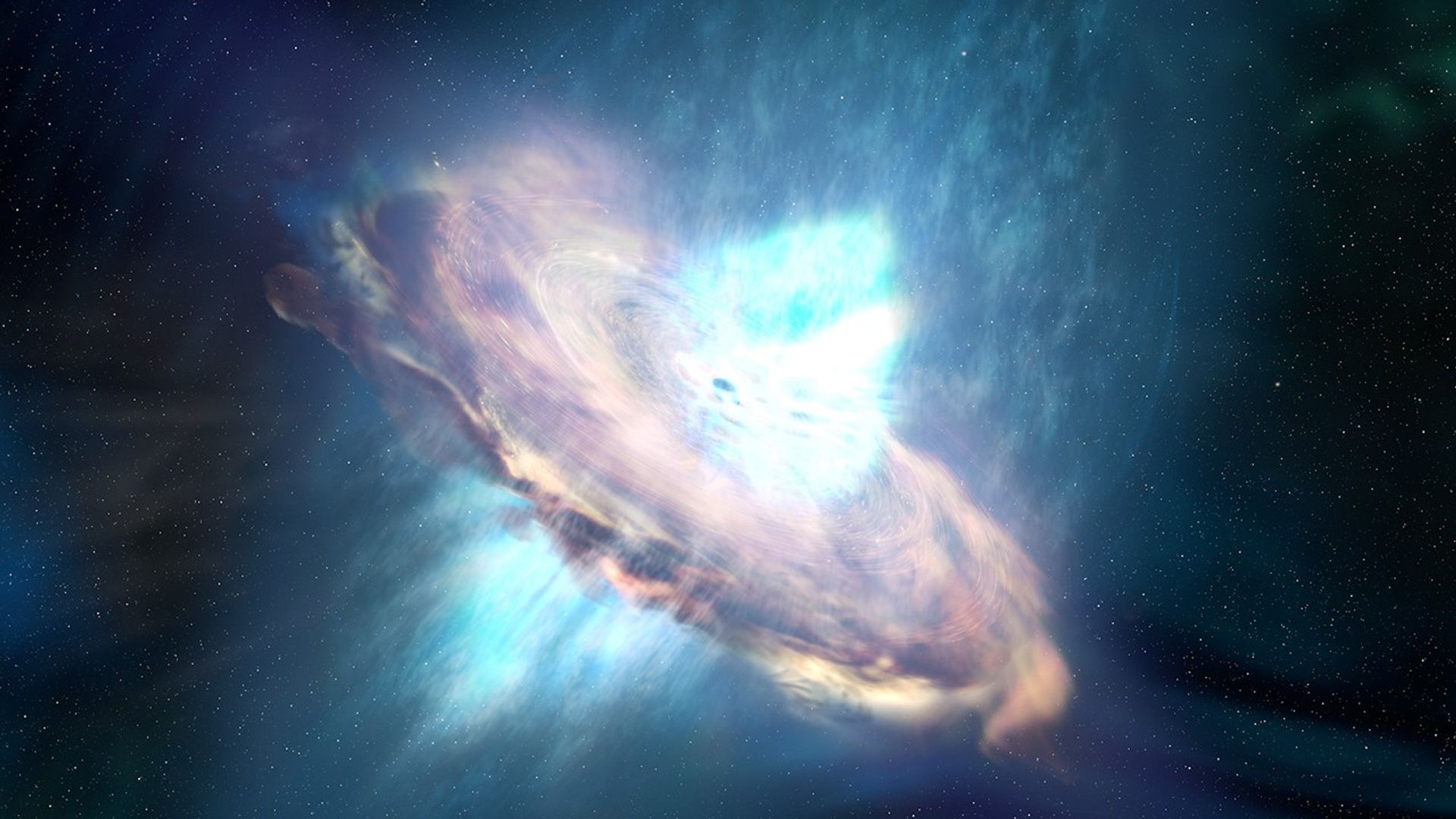
A Black Hole's Magnetic Reversal
A rare and enigmatic outburst from a galaxy 236 million light-years away may have been sparked by a magnetic reversal, a spontaneous flip of the magnetic field surrounding its central black hole.
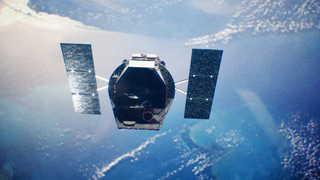
Black Hole Snack Attack
Using NASA’s Neil Gehrels Swift Observatory, which launched in 2004, scientists have discovered a black hole in a distant galaxy repeatedly nibbling on a Sun-like star.
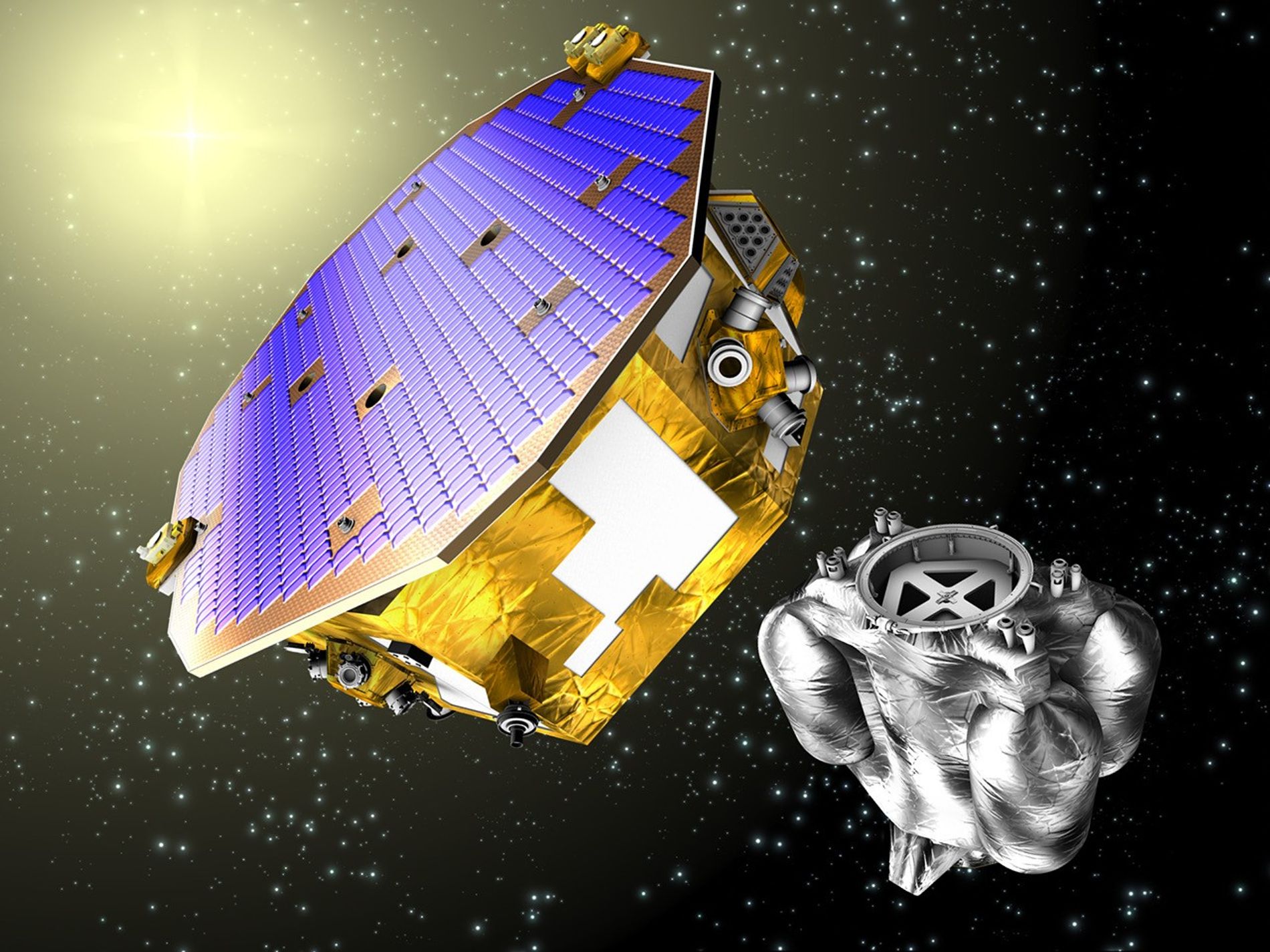
LISA Pathfinder’s Stunning Success
LISA Pathfinder was launched on Dec. 3, 2015, and began orbiting a point called Earth-sun L1, roughly 930,000 miles (1.5 million kilometers) from Earth in the sun's direction, in late January 2016.
Eye on Infinity: NASA Celebrates Hubble’s 35th Year in Orbit
After more than three decades of perusing the universe, Hubble remains a household name — the most well-recognized and scientifically productive telescope in history. The Hubble mission is a glowing success story of America’s technological prowess, unyielding scientific curiosity, and a reiteration of our nation’s pioneering spirit.
Read More about Eye on Infinity: NASA Celebrates Hubble’s 35th Year in Orbit